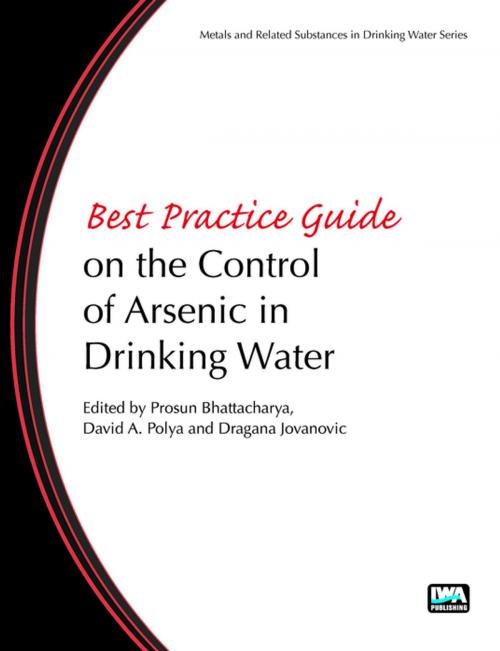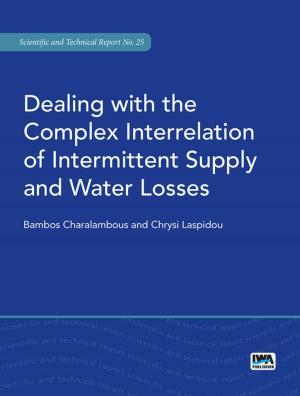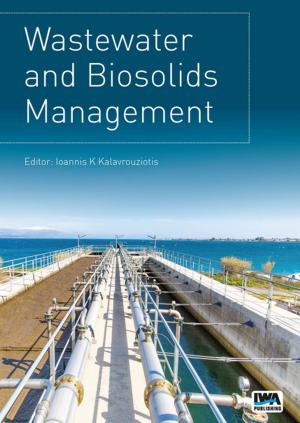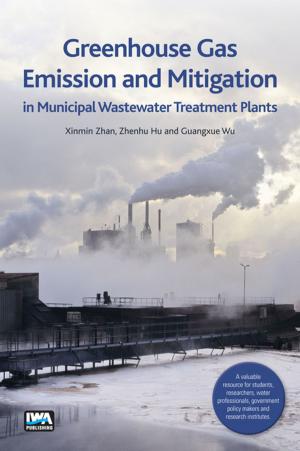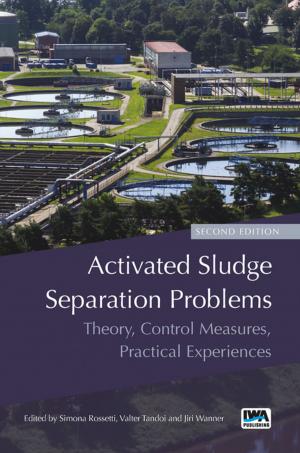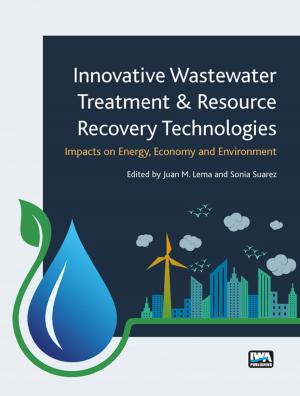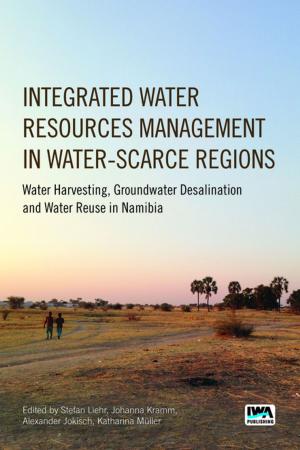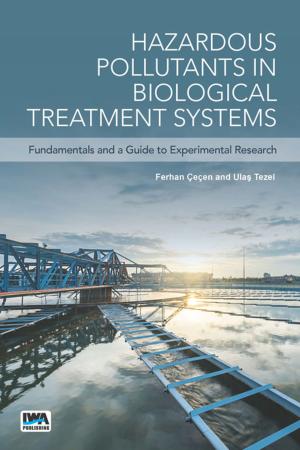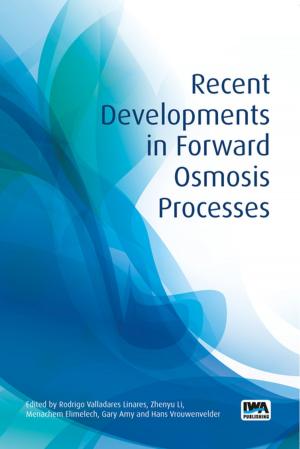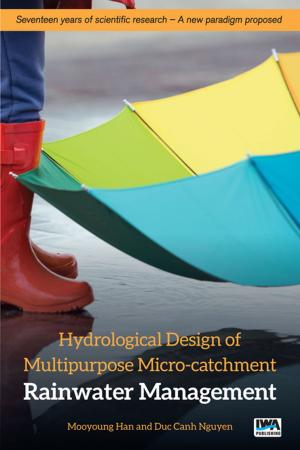Best Practice Guide on the Control of Arsenic in Drinking Water
Nonfiction, Science & Nature, Science, Other Sciences, Applied Sciences, Biological Sciences, Environmental Science, Technology| Author: | ISBN: | 9781780408866 | |
| Publisher: | IWA Publishing | Publication: | August 15, 2017 |
| Imprint: | IWA Publishing | Language: | English |
| Author: | |
| ISBN: | 9781780408866 |
| Publisher: | IWA Publishing |
| Publication: | August 15, 2017 |
| Imprint: | IWA Publishing |
| Language: | English |
Arsenic in drinking water derived from groundwater is arguably the biggest environmental chemical human health risk known at the present time, with well over 100,000,000 people around the world being exposed. Monitoring the hazard, assessing exposure and health risks and implementing effective remediation are therefore key tasks for organisations and individuals with responsibilities related to the supply of safe, clean drinking water.
Best Practice Guide on the Control of Arsenic in Drinking Water, covering aspects of hazard distribution, exposure, health impacts, biomonitoring and remediation, including social and economic issues, is therefore a very timely contribution to disseminating useful knowledge in this area. The volume contains 10 short reviews of key aspects of this issue, supplemented by a further 14 case studies, each of which focusses on a particular area or technological or other practice, and written by leading experts in the field. Detailed selective reference lists provide pointers to more detailed guidance on relevant practice.
The volume includes coverage of (i) arsenic hazard in groundwater and exposure routes to humans, including case studies in USA, SE Asia and UK; (ii) health impacts arising from exposure to arsenic in drinking water and biomonitoring approaches; (iii) developments in the nature of regulation of arsenic in drinking water; (iv) sampling and monitoring of arsenic, including novel methodologies; (v) approaches to remediation, particularly in the context of water safety planning, and including case studies from the USA, Italy, Poland and Bangladesh; and (vi) socio-economic aspects of remediation, including non-market valuation methods and local community engagement.
Arsenic in drinking water derived from groundwater is arguably the biggest environmental chemical human health risk known at the present time, with well over 100,000,000 people around the world being exposed. Monitoring the hazard, assessing exposure and health risks and implementing effective remediation are therefore key tasks for organisations and individuals with responsibilities related to the supply of safe, clean drinking water.
Best Practice Guide on the Control of Arsenic in Drinking Water, covering aspects of hazard distribution, exposure, health impacts, biomonitoring and remediation, including social and economic issues, is therefore a very timely contribution to disseminating useful knowledge in this area. The volume contains 10 short reviews of key aspects of this issue, supplemented by a further 14 case studies, each of which focusses on a particular area or technological or other practice, and written by leading experts in the field. Detailed selective reference lists provide pointers to more detailed guidance on relevant practice.
The volume includes coverage of (i) arsenic hazard in groundwater and exposure routes to humans, including case studies in USA, SE Asia and UK; (ii) health impacts arising from exposure to arsenic in drinking water and biomonitoring approaches; (iii) developments in the nature of regulation of arsenic in drinking water; (iv) sampling and monitoring of arsenic, including novel methodologies; (v) approaches to remediation, particularly in the context of water safety planning, and including case studies from the USA, Italy, Poland and Bangladesh; and (vi) socio-economic aspects of remediation, including non-market valuation methods and local community engagement.
